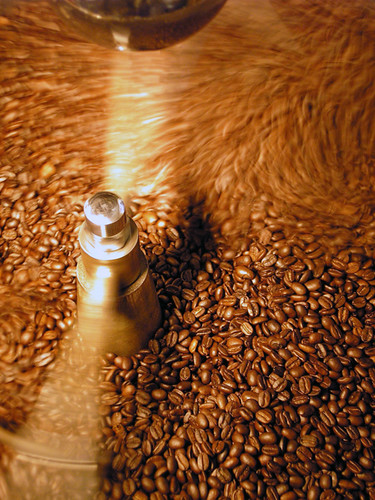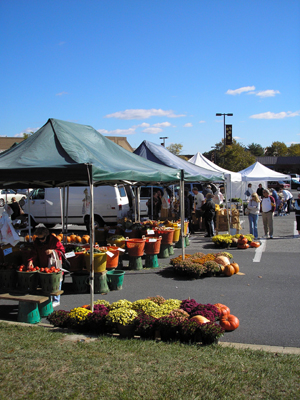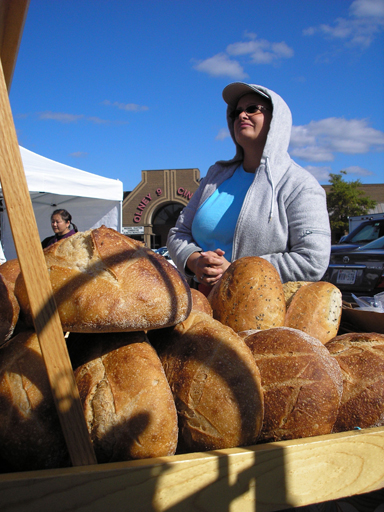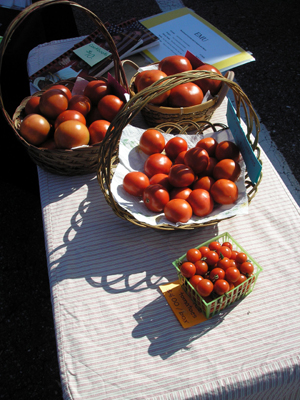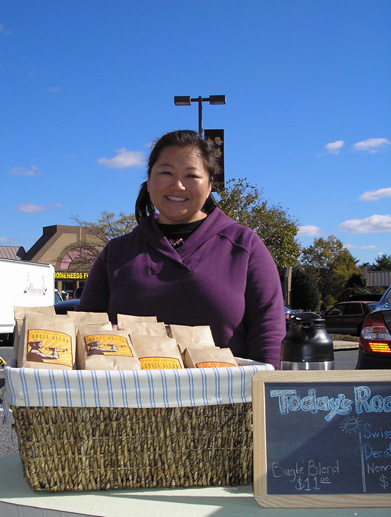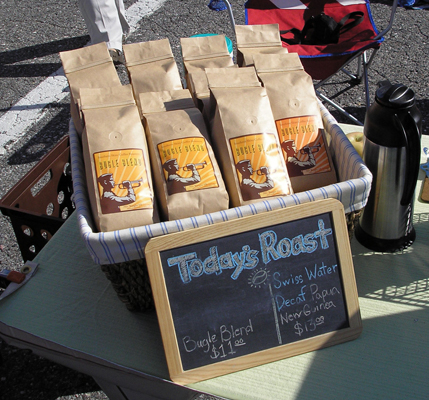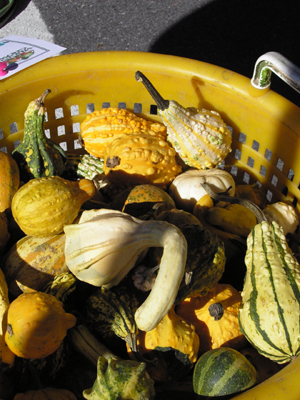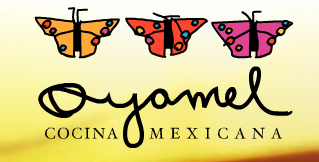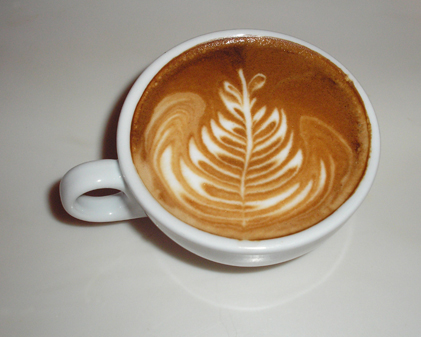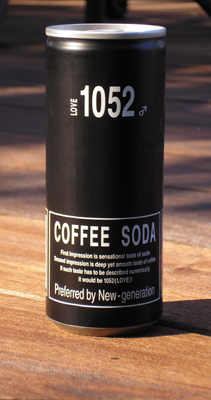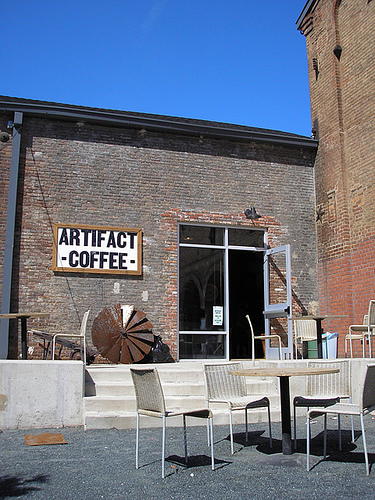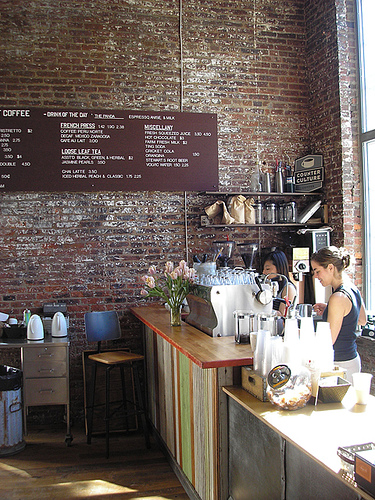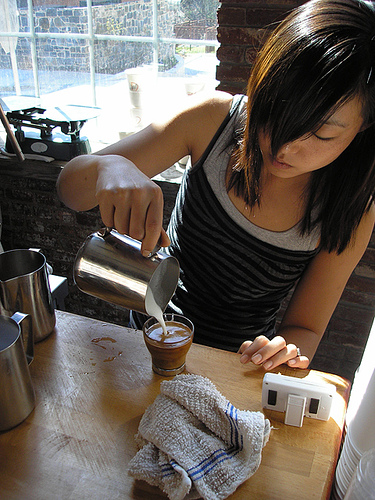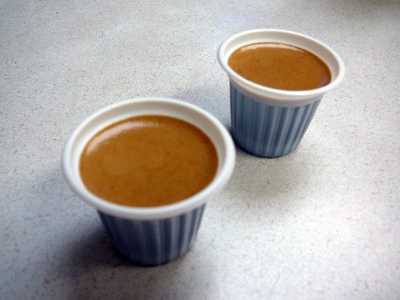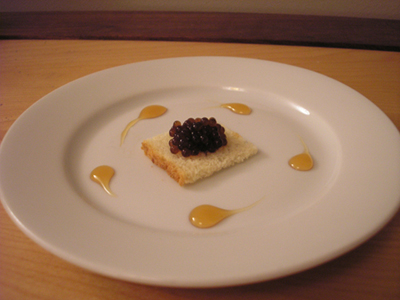To me, there’s something fascinating about old buildings. I don’t know why, but I find cast iron and weathered brick very romantic. When I was a kid, I used to spend afternoons exploring an abandoned WWII army base on the edge of town. Sneaking into the vacant barracks, I tried to imagine how it must’ve been back when the base was in operation and soldiers trained before shipping out overseas.
Artifact Coffee is located in Clipper Mill, an urban village built on the site of an abandoned mill that was founded in 1853 and manufactured sails for clipper ships. The wonderful thing about Clipper Mill is that instead of leveling the old buildings, the developers kept the historic facades intact and incorporated them into the design of the modern community.
Inside the coffee shop, a state of the art Synesso Cyncra sits juxtaposed against the unvarnished wood counter. Weighing in at almost 175 pounds, the Cyncra is an electronically temperature-controlled, stainless steel work of art. As advanced as is it is though, it is still just a tool (albeit a very nice one) and anything less than a capable hand will produce poor results. Much to their credit, the baristas here have very capable hands.
Looking up at the sparse menu, I noticed that I only saw one size of each drink - and no frozen drinks! It’s good to see more owners bucking the “bigger-is-better” venti trend. Single origin french press coffee also figures prominently.
I ordered a macchiato and was pleased to see the barista heat up a properly-sized cup with water. Her hands moved confidently and smoothly through the routine undoubtedly polished by thousands of drinks before mine. A minute later, a lovely looking macchiato sat before me on the bar. My tongue wasn’t betrayed by the expectations that my eyes had created. The espresso had the color of mahogany and was buttery, complex, and balanced. It paired perfectly with the subtle sweetness of the microfoamed milk.
Great coffee, great service, and a beautiful location – what more can one ask for?
I really like this place; I just wish that it were closer to my house.
Artifact Coffee
2010 Clipper Park Road
Baltimore, MD
410-464-8000


